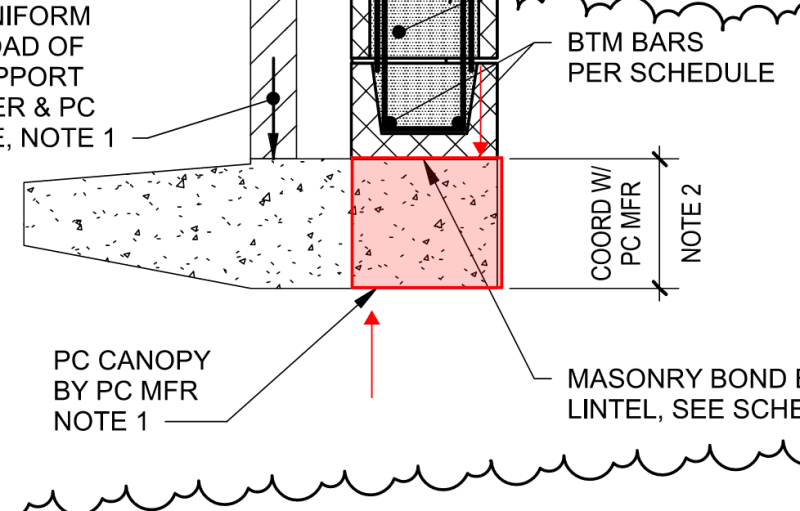JStructsteel
Structural
Back to my torsion issue from before, would torsion be calculated at the edge of support, or distance "d" from face of support? Im ACI-318-14. I am using PCI as a reference, and ACI 318-05 allowed it at "d" distance. I cannot find such reference in the ACI 14.
Anyone remember if its been removed?
Thanks
Jim
Anyone remember if its been removed?
Thanks
Jim

